The challenges posed by climate change and the ever-increasing
demands of urbanization have created an urgent need for innovative
solutions in construction. The construction industry, being one of the
largest consumers of natural resources and a significant contributor to
global greenhouse gas emissions, has been under immense pressure to
adopt sustainable practices and materials. This book, Eco-Efficient
Construction Materials and Special Concrete, is an attempt to address
this critical need by providing a comprehensive overview of materials
and practices that pave the way toward eco-efficiency and sustainability
in construction.
The book is organized into two major parts:
Part 1: Eco-Efficient Construction Materials – Sources,
Properties, and Applications (Chapters 1 to 8)
The first part of this book delves into a wide array of eco-
efficient construction materials, their properties, and their applications.
It covers an extensive range of topics, starting from recycled aggregates
and contaminated industrial waste to emerging materials like
geopolymers and nanomaterials. This section also emphasizes the
importance of using supplementary cementitious materials such as fly
ash, ground granulated blast furnace slag (GGBS), silica fume,
metakaolin, rice husk ash, sugar bagasse ash, and alccofine, all of which
play a significant role in reducing the environmental footprint of
construction.
Each chapter in Part 1 is dedicated to a specific material,
providing an in-depth analysis of its source, composition, properties,
and practical applications. The use of these materials in sustainable
building practices is explored, along with their contributions to the
development of environmentally friendly, durable, and high-
performance construction systems. This part also highlights the
challenges and opportunities associated with the adoption of these
materials, providing a balanced perspective for researchers and
practitioners alike.
Part 2: Special Concrete – Materials, Properties, and
Applications (Chapters 9 to 16)
The second part focuses on special concrete, which are
engineered to meet specific performance criteria or address unique
challenges in construction. From geopolymer concrete and self-
compacting concrete (SCC) to advanced systems like nano concrete,
self-healing concrete, and steel-fiber-reinforced concrete (SIFCON),
this section showcases the versatility and potential of modern concrete
technologies.
Part 2 examines the material characteristics, production
methodologies, and engineering properties of these special concrete,
along with their applications in various sectors, including infrastructure,
marine structures, and sustainable buildings. It also explores cutting-
edge advancements in the field, such as the incorporation of
nanomaterials for enhanced performance and self-healing mechanisms
for improved durability.
Objectives and Scope
This book serves as a resource for students, researchers, and
professionals in the fields of civil engineering, materials science, and
environmental studies. By presenting detailed insights into the sources,
properties, and applications of eco-efficient materials and special
concrete, the book aims to:
• Foster a deeper understanding of sustainable materials
and their role in reducing the environmental impact of
construction.
• Provide practical guidance on the use of advanced
concrete in modern construction projects.
• Inspire innovative research and development efforts to
further improve the performance, cost-efficiency, and
sustainability of construction materials.
Acknowledgments
We extend our heartfelt gratitude to the researchers, engineers,
and practitioners whose work has contributed significantly to the
content of this book. Their pioneering efforts in developing sustainable
materials and innovative construction practices have been invaluable in
shaping the future of the industry. We also thank the publishing team
for their unwavering support in bringing this book to fruition.
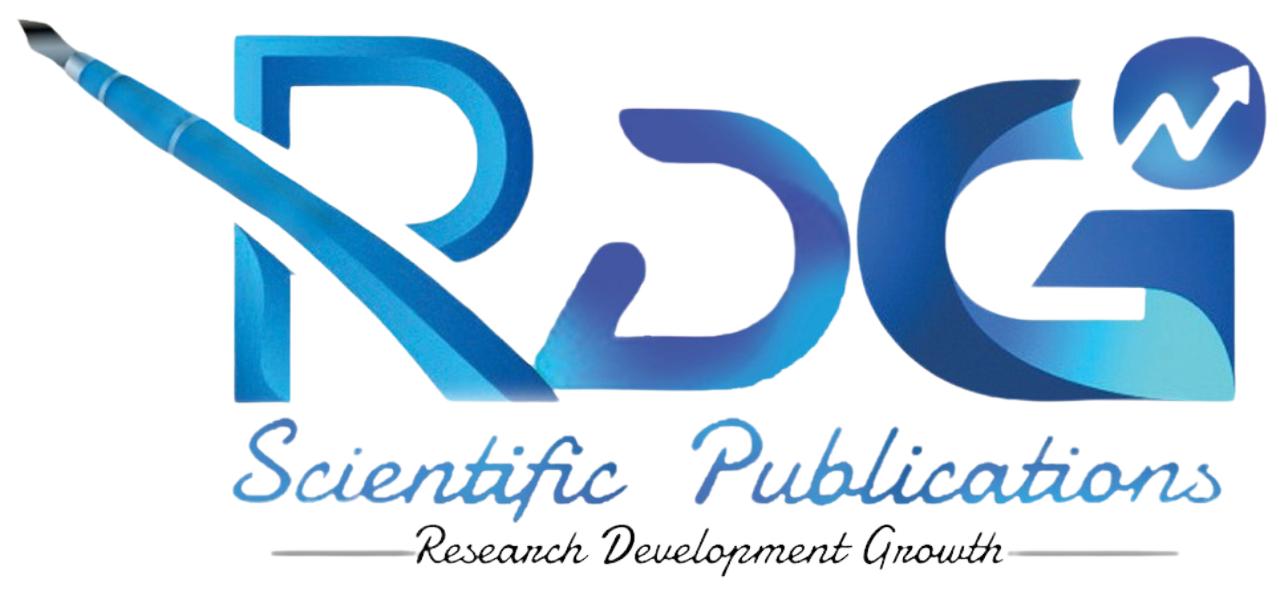
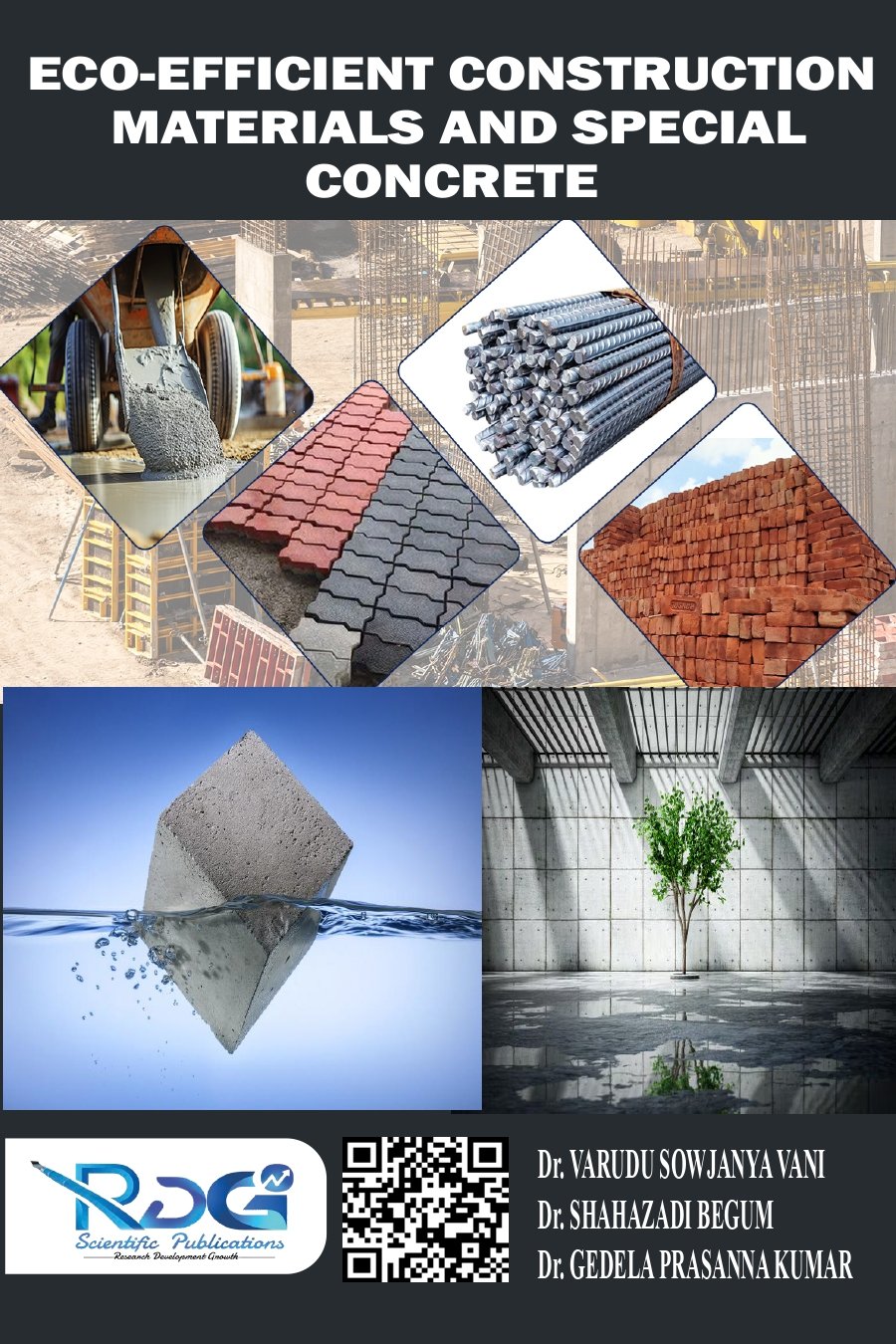






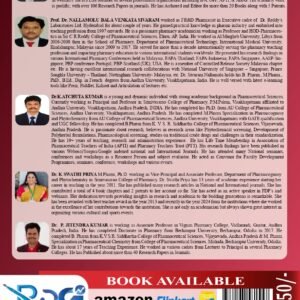



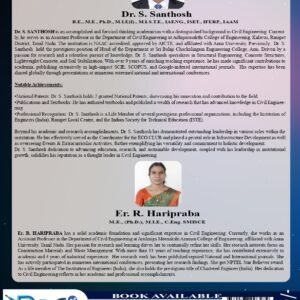

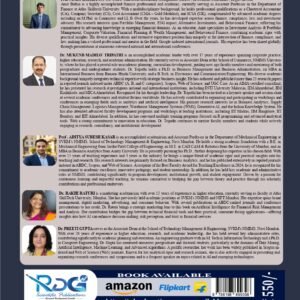

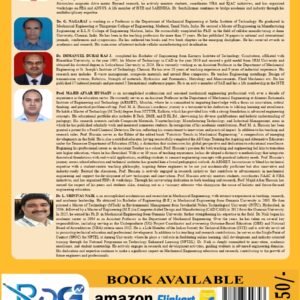





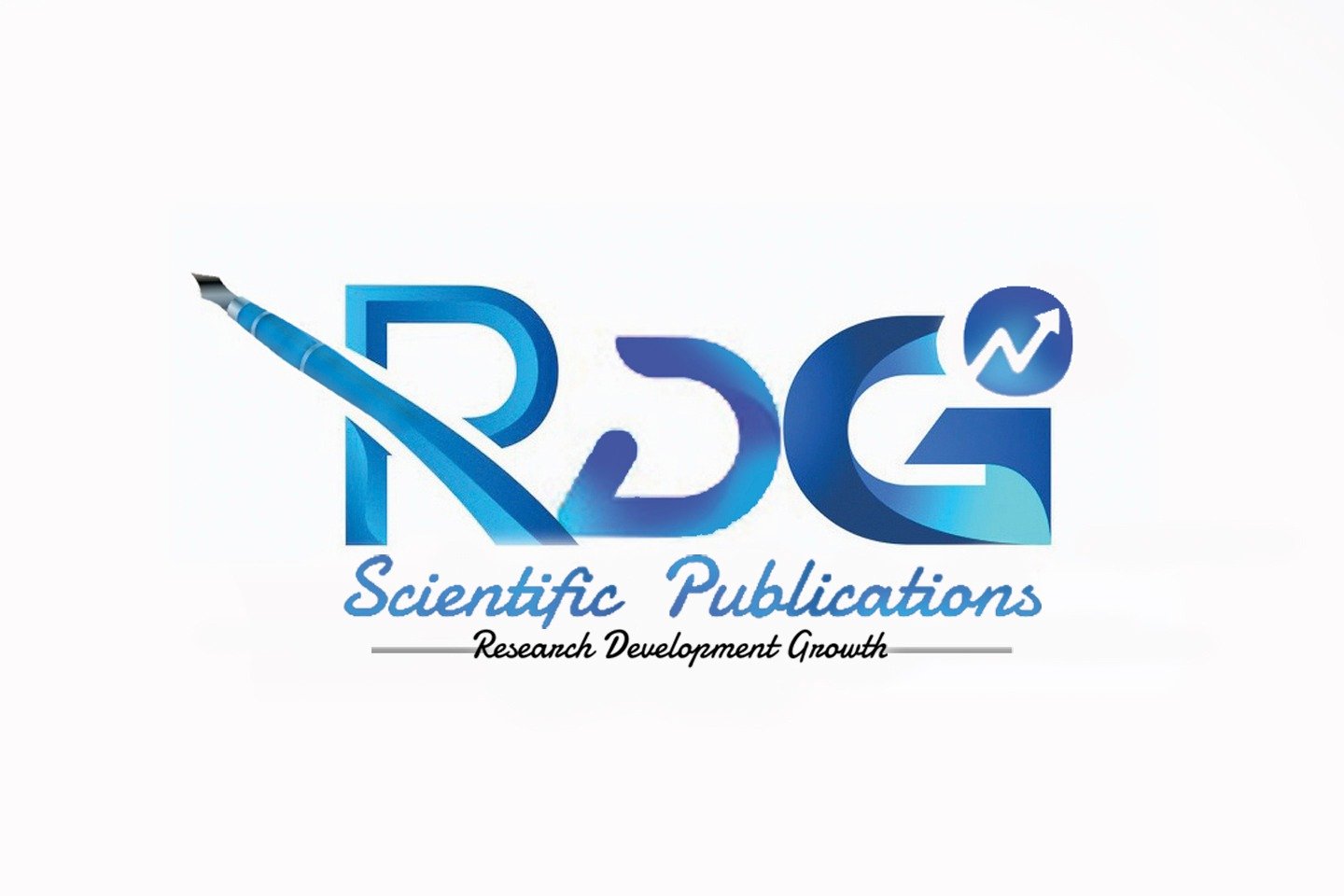
Reviews
There are no reviews yet.